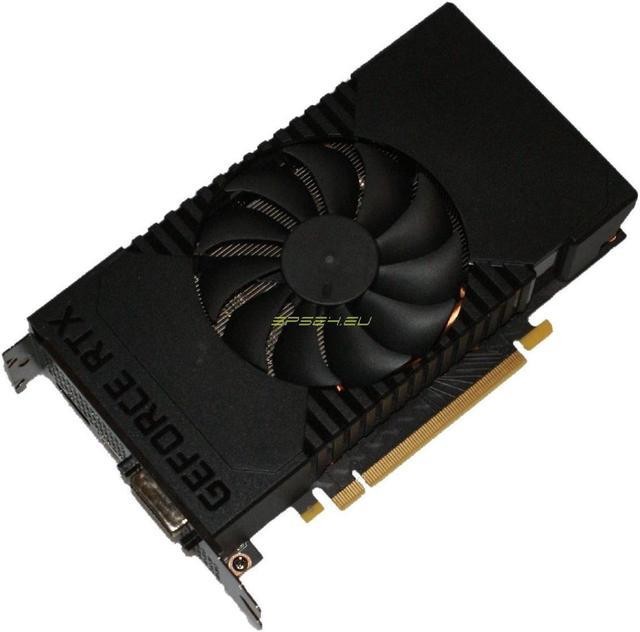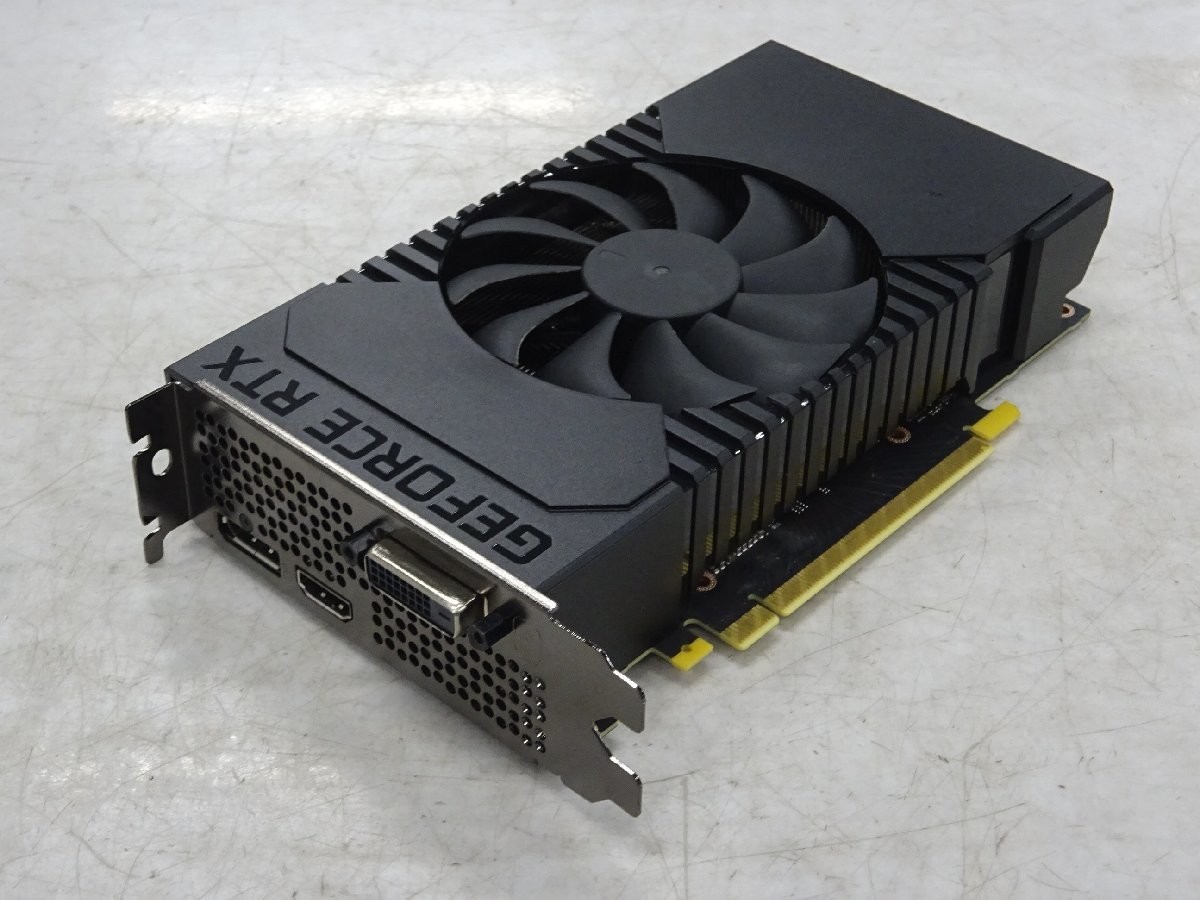Nvidia
GeForce RTX 2060 is a mid-range graphics card that was launched as part of
Nvidia’s Turing architecture. It represents a significant step forward in
performance and efficiency compared to its predecessors, particularly for
gamers and content creators looking for high-quality graphics without breaking
the bank.
GPU Architecture: Turing
The Turing
architecture is notable for introducing real-time ray tracing capabilities,
which allows for more realistic lighting, shadows, and reflections in games.
This technology enhances visual fidelity and provides a more immersive gaming
experience. The RTX 2060 utilizes this architecture to deliver improved
performance over previous generations, making it suitable for modern gaming
demands.
Performance Metrics
RTX-OPS: 37T
The RTX-OPS
(Ray Tracing Operations per Second) metric indicates the card’s ability to
handle ray tracing tasks. With a rating of 37 trillion operations per second,
the RTX 2060 can efficiently process complex lighting calculations that are
essential for rendering realistic scenes in supported games.
Boost Clock: 1680 MHz
The boost
clock speed of the RTX 2060 reaches up to 1680 MHz. This speed determines how
fast the GPU can operate under load conditions, allowing it to deliver higher
frame rates in demanding applications and games. The boost clock is crucial for
maximizing performance during intense gaming sessions.
Memory Specifications
Frame Buffer: 6GB GDDR6
The RTX
2060 features a frame buffer of 6GB of GDDR6 memory. This amount of VRAM is
adequate for most modern gaming scenarios at resolutions up to 1440p. GDDR6
memory offers higher bandwidth than its predecessor (GDDR5), which contributes
to better overall performance and faster data transfer rates.
Memory Speed: 14 Gbps
With a
memory speed of 14 Gbps, the RTX 2060 ensures quick access to textures and
other graphical data. This speed helps reduce bottlenecks when rendering
high-resolution textures or complex scenes, further enhancing gameplay
smoothness and responsiveness.
Gaming Performance
In
practical terms, the Nvidia GeForce RTX 2060 is capable of running most modern
games at high settings with good frame rates at resolutions like Full HD
(1080p) and even some titles at QHD (1440p). Furthermore, its support for DLSS
(Deep Learning Super Sampling) also allows gamers to achieve higher frame rates
while maintaining image quality by using AI-driven techniques to upscale lower
resolution images.
Conclusion
The Nvidia
GeForce RTX 2060 stands out as an excellent choice for gamers seeking a balance
between price and performance. Its Turing architecture not only supports
advanced features like ray tracing but also provides solid performance across a
wide range of gaming scenarios. With its specifications such as a boost clock
of up to 1680 MHz, a robust memory configuration with GDDR6 technology, and
impressive operational capabilities with an RTX-OPS rating of 37 trillion
operations per second, it remains relevant in today’s gaming landscape.







